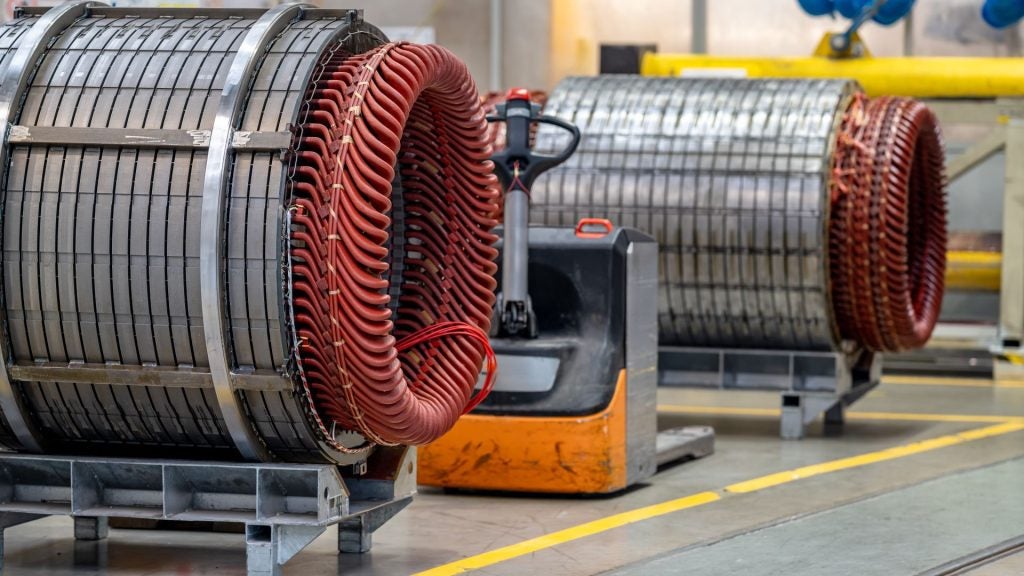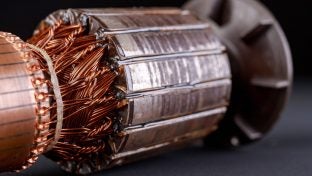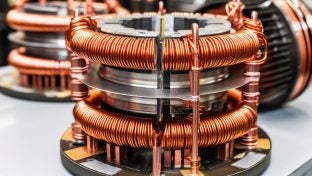
![]() This course covers the fundamental principles and operations of electrical rotating machines. It begins with an exploration of the construction of these machines, focusing on the stator and rotor, which carry windings and produce their own magnetic fields. The interaction between these fields, resulting in torque, is thoroughly explained. The course also discusses the conditions necessary for a steady electromagnetic torque, such as the relative speed between the stator and rotor fields being zero and the number of poles in the stator and rotor being the same. The course uses the creation of a four-pole arrangement as an illustrative example. Further, the course delves into the concept of flux density distribution along the air gap of a machine, the application of Ampere circuital law, and the generation of AC voltage. The course concludes with a discussion on how to reduce the amplitude of harmonics in the magnetic flux distribution by selecting the span of the coil.
This course covers the fundamental principles and operations of electrical rotating machines. It begins with an exploration of the construction of these machines, focusing on the stator and rotor, which carry windings and produce their own magnetic fields. The interaction between these fields, resulting in torque, is thoroughly explained. The course also discusses the conditions necessary for a steady electromagnetic torque, such as the relative speed between the stator and rotor fields being zero and the number of poles in the stator and rotor being the same. The course uses the creation of a four-pole arrangement as an illustrative example. Further, the course delves into the concept of flux density distribution along the air gap of a machine, the application of Ampere circuital law, and the generation of AC voltage. The course concludes with a discussion on how to reduce the amplitude of harmonics in the magnetic flux distribution by selecting the span of the coil.
-
Cost: FREE
- Course Duration: 2-4 HOURS
- Skill Level: Intermediate
- Skills Gained: Rotating Machines, Flux Density Distribution
No reviews available for this learning resource.









